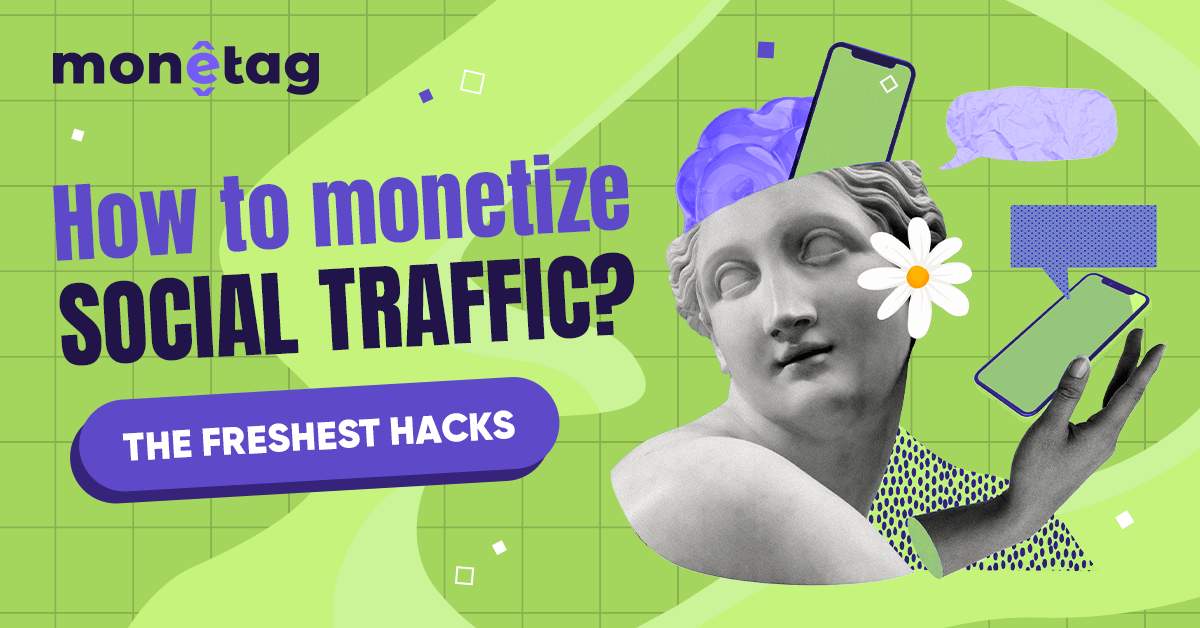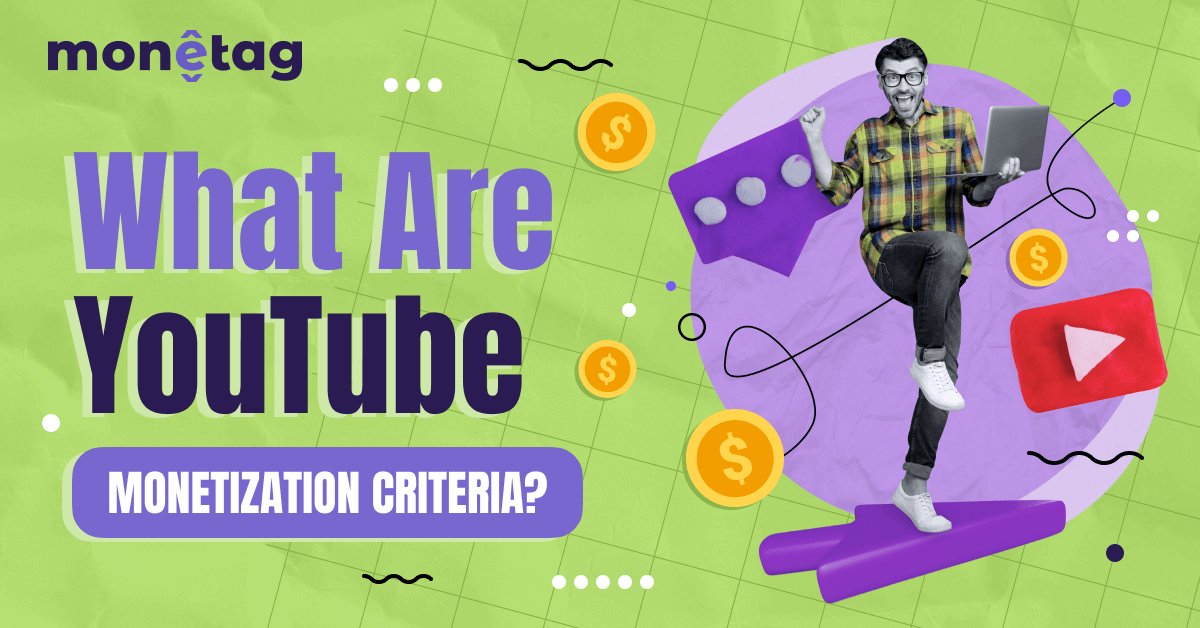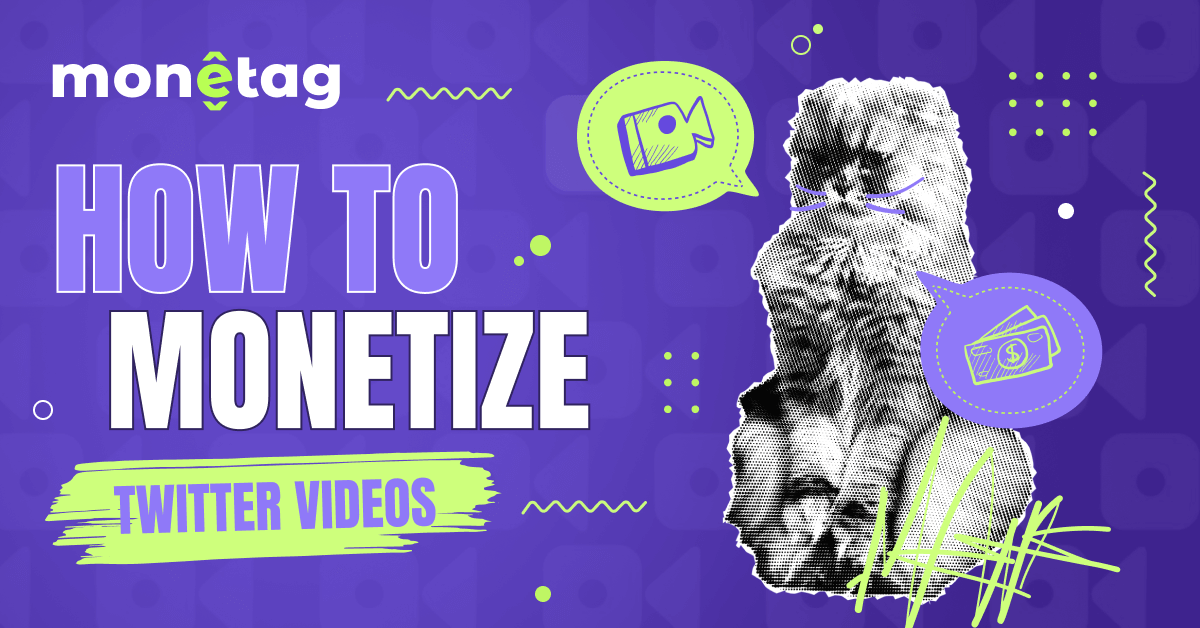Head, Shoulders, Knees, and Banner Blindness: All You Should Know

If you’re here to find out what is banner blindness, and why it’s hitting your ad revenue, then get comfy, you’re in the right place, at the optimal time.
Just picture this scenario: You place banner ads on your web pages, mobile sites, or mini-apps. You expect traffic. You expect clicks. Yet… those piggies never show, as if your ads don’t exist.
To your question “What is banner blindness?”, then this is your answer: the phenomenon known as banner blindness in digital marketing. Or when visitors consciously or unconsciously ignore banner-style ads.
Also labelled banner ad blindness, advertising banner blindness isn’t about your creative being bad (though that can help). Instead, it’s about how users behave. They learn to skip anything that looks like it’s “just an ad”.
Of course, for you, the publisher aka website owner working with Monetag, that means lost CPMs, wasted impressions, and under-performing yield. And yes, the stats back this up.
Banner blindness statistics you need to know
Let’s look at cold numbers so you’ll understand how severe this is:
- A study quoted by UserGuiding found that 86% of consumers showed banner blindness
- Average click-through rates (CTRs) for standard display banners hover around 0.06% in some large-scale reviews
- In one eye-tracking study, only a small fraction of users visually fixated on banners when performing a task on a web page
- One survey showed 83% of users admitted they ignore banner-style ads, while 8% of all users were responsible for 85% of clicks
In plain words: banner blindness in digital marketing is real. It undermines your ad visibility, your revenue, as well as your traffic yield. But there’s more than meets the eye.
Banner blindness eye tracking: what the research says
There’s no guesswork here. Eye-tracking studies (more specifically on banner blindness UX research) provide actual visual behaviour data.
- The Nielsen Norman Group found that people ignore anything that “looks like an ad” or occupies zones reserved for ads.
- Another study found that even when banners were relevant, placement and design factors (structure vs semantic cues) influenced attention significantly.
- Another paper noted: many ad impressions are counted even though users didn’t see them, once again reinforcing that viewability and attention differ.
That’s why, when you work with Monetag, you must always remember that Visibility ≠ Impression. So you must craft for attention, not just for load.
Let’s break down what drives this behavior so that you can act on it. And to make it simpler for you, we broke this down into 3 main categories.
Predictable placements and “ad” look
When users land on your page and instantly see the classic leaderboard (728×90), right-sidebar skyscraper, or mobile banner, they’ve seen it a thousand times. Their brain says: “This is an ad. I’ll skip it.”
And eye-tracking research just comes to confirm this: users skim the predictable zones, and banners in those usual zones often receive minimal attention.
Irrelevance and overload
When your ad isn’t relevant – either to the content or the visitor intent – it becomes noise. And when you fill your page with dozens of ad pieces/formats, the effect multiplies. The user then learns: “Ads = clutter.”
The result, once again: your “advertising banner blindness” issue is compounded.
Familiarity & selective attention
Your audience visits often. They know your layout. They skip the areas where ads typically live. That’s just plain, selective attention in action, through which users become experts at ignoring your ads.
What should you get from this? That if you rely on standard formats and placements only, you get standardized low yields.
Here’s how you combat this issue and turn your inventory into high-yield revenue:
- Use non-traditional formats like InPage Push, Smartlink, or more native units (Vignette) that integrate more naturally with content. And as you know, Monetag supports these.
- Avoid “standard” placements only. Change positions, and experiment with mobile-first.
2. Ensure relevance
- Match the ad content (offer, creative) to your traffic’s context. If your page features gaming news, an irrelevant finance banner might be ignored instantly.
- Use targeted segments: by region, device, traffic source. Monetag’s format flexibility can help you access all these.
3. Minimize clutter
- Less is more: too many ad units on one page = more blindness. One well-placed high-performing unit beats five ignored ones.
- Clean layout + fewer distractions = better ad interaction.
4. Design for attention
- Make your creative stand out but not look like an ad. Overly flashy automatically signals “I’m an ad”, which definitely gets skipped.
- Use eye-tracking cues: for best results central parts of the banner, relevant imagery, user-facing messaging.
5. Test & optimize constantly
- A/B test formats, placements, and creatives. Don’t just settle for default settings.
- Leverage Monetag’s reporting to see which traffic sources and formats convert better.
6. Blend ads into content flow
- Make ads feel like part of the experience rather than appendages. And here’s where integration pays off and reduces the advertising banner blindness effect.
7. Educate yourself on UX and viewer behavior
- Understand your user scanning pattern. For example, use an F-shaped pattern on desktops to place ads smartly.
When you partner with Monetag, you’re working in a network built for adaptive formats, global traffic sources, and flexible monetization. But none of that will matter if your traffic continues ignoring your ads. Banner blindness is a silent profit killer.
You – yes, you – must step in and act! Rethink your ad placements, rethink your creatives, rethink your traffic source.
Optimize for attention, not just impressions. Monitor your yields, test variations, and lean on Monetag tools to help you do it.
If you do, you’ll turn ignored ad spaces and banner blindness into high-earning real estate for ads. And that’s what Monetag is all about.






